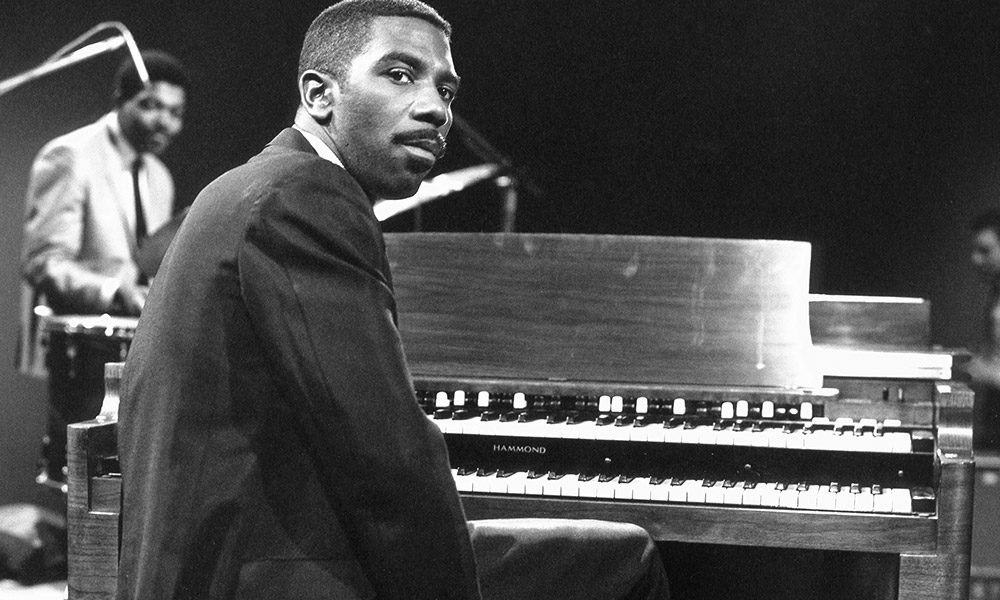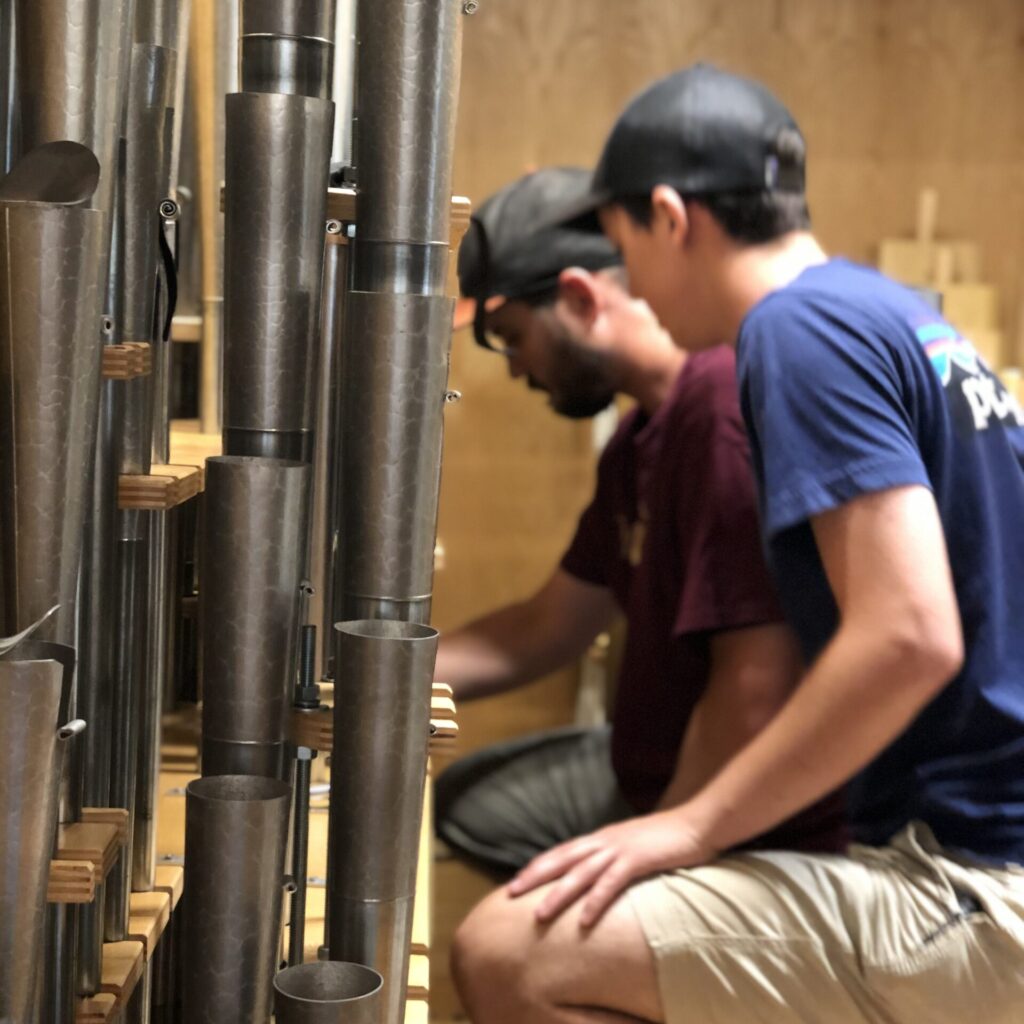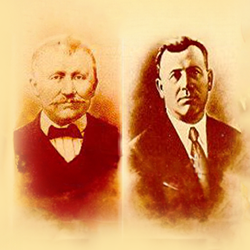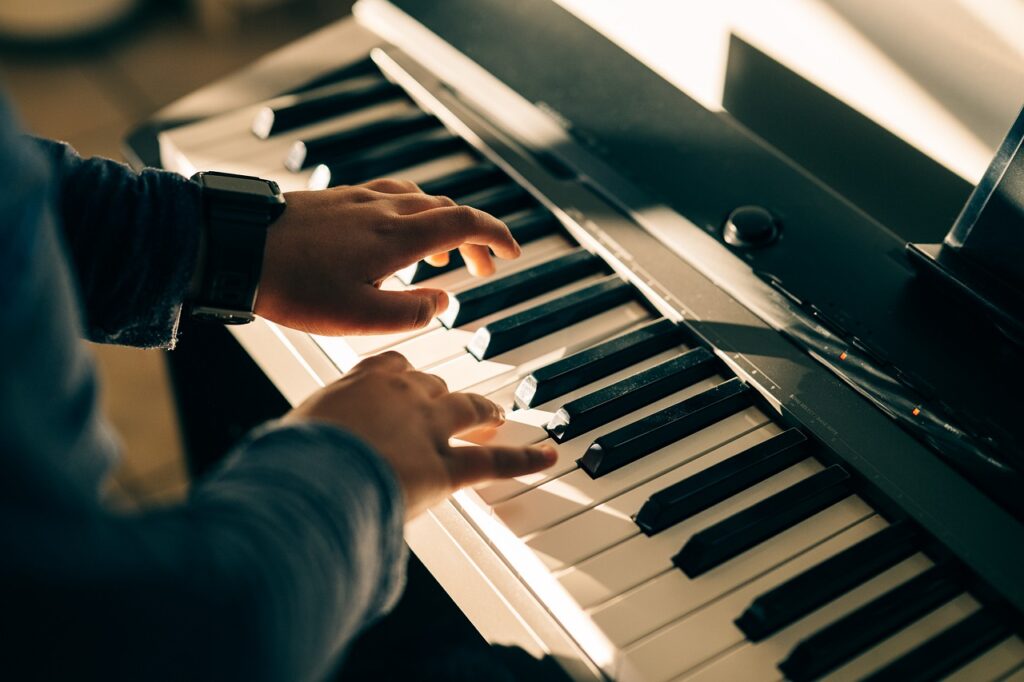
- Photo by David Redfern/Redferns
The Life of Famous Jazz Organist
Jimmy Smith
Jimmy Smith revolutionized the world of jazz with his groundbreaking approach to the electric organ. By transforming the Hammond B3 into a lead instrument, he redefined its role in contemporary music, blending blues, bebop, and gospel influences into a signature sound. From his early days as a pianist to his celebrated career as a jazz organist, Smith’s impact is undeniable. This blog explores his journey, innovations, and enduring legacy.
A Musical Background
James Oscar “Jimmy” Smith was born on December 8, 1925 (or possibly 1928, as records vary) in Norristown, Pennsylvania. Raised in a musical household, he was introduced to music at a young age by his father, who was a performing artist. By the age of six, Smith had already begun playing piano, demonstrating an early passion and talent for music.
Initially, Smith’s primary instrument was the piano, where he excelled in the Harlem Stride technique—a jazz and ragtime piano style requiring the right hand to play melody while the left hand alternated between bass notes and chords. His skill in this method laid the foundation for his future innovations on the electric organ.
Smith’s musical trajectory was interrupted at age 15 when he joined the Navy. After his service, he took advantage of the G.I. Bill to further his education, first at the Hamilton School of Music in Ontario and later at Philadelphia’s Ornstein School of Music in 1949, focusing on piano and bass. During this time, he worked for his father and played in various bands, sharpening his skills and deepening his understanding of jazz.
His career took a pivotal turn in 1953 when he heard ‘Wild’ Bill Davis playing the Hammond organ. Inspired by the instrument’s rich tones and versatility, Smith decided to transition from piano to organ—a move that would forever change jazz music.
A New Age for the Electric Organ
After hearing Wild Bill Davis, Smith inquired how long it would take to master the electric organ. Depending on the source, Davis either told him four years or, as Smith liked to say, fifteen years. Regardless, Smith took the challenge seriously. He purchased a Hammond B3 organ and dedicated himself to rigorous practice, isolating himself in a warehouse where he studied the 25 bass pedals and practiced tirelessly for hours each day.
While the organ had been used in jazz before Smith, he brought an entirely new approach to it. Unlike many who saw it as an orchestral instrument, Smith viewed it as a horn, aiming to replicate the dynamic expressiveness of jazz legends like Charlie Parker. His mastery of bass pedals allowed him to create driving basslines, freeing his hands to weave complex, blues-infused melodies.
Within three months of intensive practice, Smith began performing in public, quickly earning a reputation as a trailblazer. His dynamic playstyle and ability to make the organ the focal point of jazz music reshaped how the instrument was perceived and used in the genre.
Jimmy Smith's Career
Smith’s impact on jazz was immediate. In 1956, he moved to New York and was signed by Blue Note Records. His debut album, A New Sound, A New Star, was met with critical acclaim, solidifying his place in jazz history. Over the next few years, he released a series of highly successful albums with Blue Note, showcasing his virtuosic talent and expanding the role of the electric organ in jazz.
In the early 1960s, Smith signed with Verve Records, where he continued to dominate the jazz charts. His recordings frequently landed on the Billboard Top 100, and his collaborations with artists such as guitarist Wes Montgomery produced some of the most celebrated jazz albums of the era.
During the 1970s, Smith toured extensively in Europe before taking a brief hiatus to focus on his personal life. However, he returned in the 1980s, continuing to release albums and collaborate with major artists. His influence extended beyond jazz—he recorded with Joey DeFrancesco, appeared on Michael Jackson’s Bad! album, and played for Frank Sinatra’s L.A. Is My Lady at the request of Quincy Jones. Additionally, his soulful, intricate organ playing became a prime source of sampling and inspiration in hip-hop, with artists such as DJ Shadow, the Beastie Boys, and Nas incorporating his sound into their music.
In 1995, Smith rejoined Verve Records, releasing several more albums over the next six years, featuring legendary musicians like Dr. John, Etta James, and B.B. King. His final album, Legacy, was released posthumously in 2005, with Joey DeFrancesco dedicating it to his mentor, calling Smith “one of the greatest and most innovative musicians of all time.”
A Widely Revered Influence
Jimmy Smith’s influence on jazz and contemporary music is immeasurable. His pioneering techniques, innovative use of the electric organ, and extraordinary musicianship continue to inspire generations of artists.
Many esteemed musicians credit Smith as a major influence on their own sound and approach to the organ, including:
Joey DeFrancesco
John Coltrane
Gregg Allman
Jimmy McGriff
Jack McDuff
Brian Auger
Rick Wakeman
Booker T. Jones
Larry Young
Al Kooper
Peter Bardens
Shirley Scott
Jon Lord (Deep Purple)
Don Patterson
Gregg Rolie (Santana)
We encourage you to explore Jimmy Smith’s vast discography and experience firsthand the electrifying, soulful sound that made him a legend in jazz history.
At Viscount Organs North America, we don’t just appreciate the organ—we live and breathe it. From the legendary musicians who shaped its history to the awe-inspiring resonance of a masterfully played instrument, the organ is more than sound but also an experience.
If the organ captivates you as it does us, we invite you to connect with us. Whether you’re seeking to bring home a Viscount organ or simply wish to explore the intricacies of this extraordinary instrument, our team is here to guide you with expertise and dedication. Reach out today and let’s start the conversation.
Related Posts

Organ Maintenance: Must Knows Of Cleaning Your Viscount Organ

The History Of The Viscount Organ

